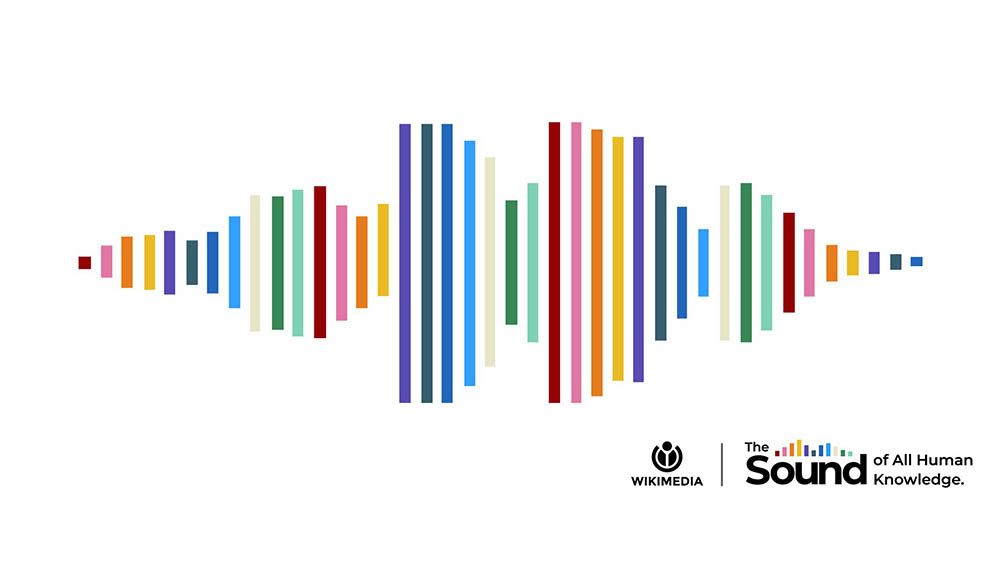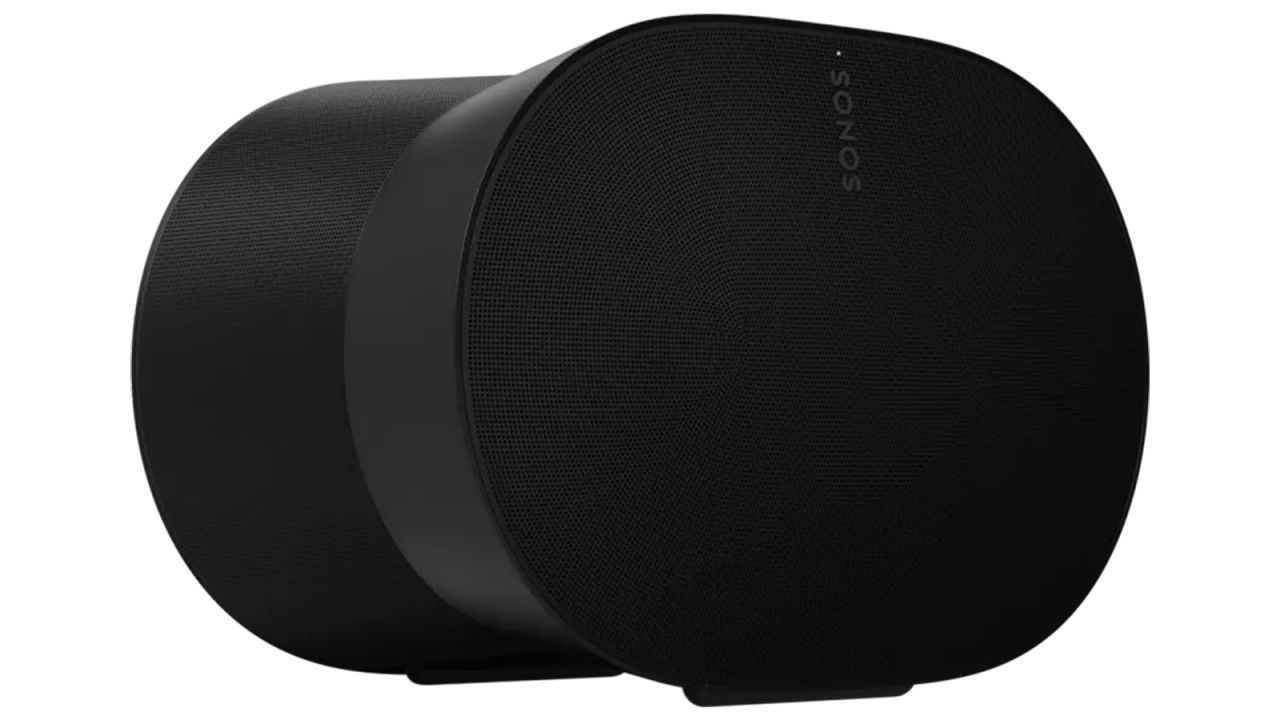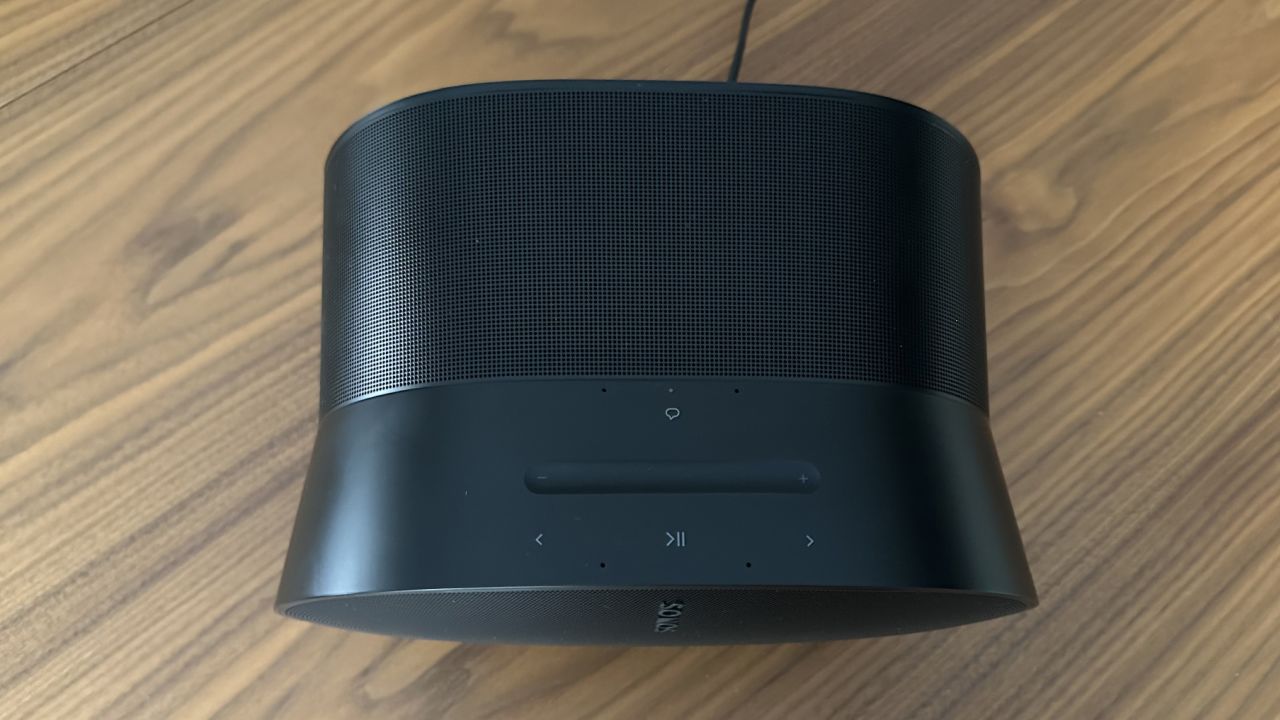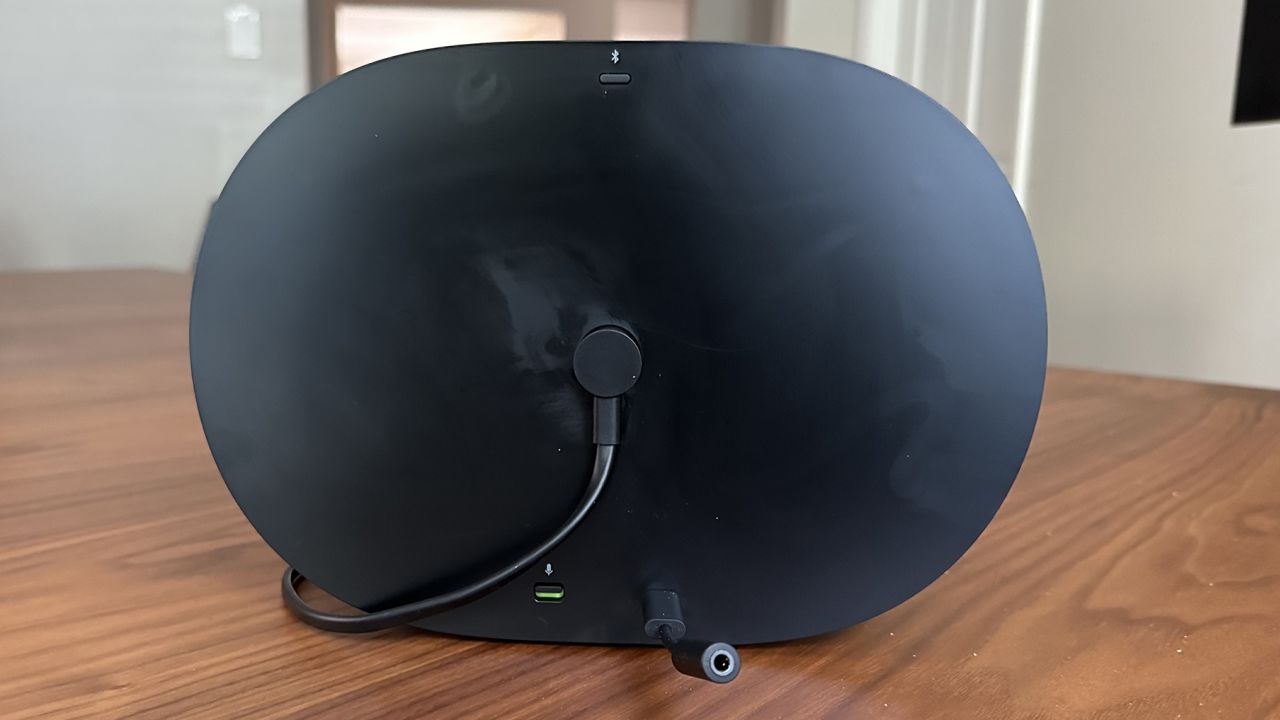If Sonos has anything to say about it, stereo music will soon sound as quaint as mono. With its new Era 300 smart speaker, the company is going all in on the latest music format, known as spatial audio or Dolby Atmos Music. Spatial audio mixes music so that it surrounds you, rather than just using left and right channels.
To hear the effect, you usually need multiple speakers, as you would to get Dolby Atmos when watching video. Sonos designed the Era 300 as a single unit to show off the immersive effects of spatial audio — and it succeeds.
The Era 300 produces a big, bold sound out of a relatively small speaker. It also adds several features that Sonos fans have wanted, including Bluetooth. It all comes at a cost, of course: this speaker will run you $449. But if you’ve been wanting to experience spatial audio and you don’t want to invest in a multi-speaker setup, the Era 300 is the one to buy.
Room-filling sound from one speaker
The Era 300 makes it easy to bask in immersive spatial audio — with its wide sound, it feels like you’re listening to more than one speaker. Thanks to crisp treble and deep bass, it sounds good with regular stereo music, too. It’s packed with features, but you pay a premium for the privilege.
The Era 300 doesn’t look like other speakers. To make a single speaker best produce spatial audio, Sonos invented a new speaker shape, eschewing the traditional box form for an hourglass-like shape. It’s a form-follows-function design.
At 10.2 x 7.3 x 6.3 inches, the Era 300 is larger than the new Era 100 but smaller than a Sonos Five. Inside, it features one tweeter that shoots sound forward, two on the sides that are angled slightly upward, and one that sends sound up. That combination spreads sound throughout a room. The Era 300 also has two woofers, which produce impressive bass that reverberates in your chest.
A new volume slider is a nice addition: instead of tapping a plus or minus sign to change the volume, you can slide your finger along a trench on the top of the speaker. As you move along the slider, the speaker makes clicking sounds to indicate the level. It’s an innovation that works well and will hopefully be adopted widely.
The unique design achieves its goal: the Era 300 fills a room with music, especially when the song is mixed for spatial audio. When listening to the Dolby Atmos mix of Fleetwood Mac’s “Dreams” on Amazon Music, Stevie Nicks’ voice projected toward me, while Lindsey Buckingham’s guitar sounded like it was coming from the left corner and Mick Fleetwood’s drums were behind Stevie. When the backing vocals came in, I could easily hear each separate singer. Similarly, on Kendrick Lamar’s “Die Hard” in spatial audio, each voice seemed to be coming from a slightly different location in the room, while the bass was deep and rich underneath. (In addition to Amazon Music, the Era 300 will support spatial audio on Apple Music).
While many songs are available in spatial audio, a majority aren’t. But the Era 300 does a good job with regular old stereo music, too. The bass on Jon Batiste’s “Freedom” resonated while the vocals were clear and the horns sounded sharp. However, it’s clear when you’re listening to the stereo mix rather than the Atmos mix — the spatial audio version sounds much bigger and wider.
There’s more to the Era 300 than spatial audio. Sonos added several new features to it, headlined by Bluetooth support, a line-in option and a new way to do room correction (these features are also available on Sonos’ other new speaker, the Era 100).
My favorite of these is support for an external source through a line-in connection. This means you can connect a turntable or CD player and send the tunes from it throughout your Sonos system. Before you needed a Sonos Five, Amp or Port to do that. However, you will need to spend extra for an additional USB-C adapter ($19 for one that has a 3.5 mm input, or $39 for a unit that includes an Ethernet port and 3.5 mm input).
Bluetooth may be the bigger addition for most people. It’s certainly a new direction for Sonos, which previously required you to use Wi-Fi to stream music to its stationary speakers (its portable speakers, the Move and Roam, include Bluetooth so you can use them when you’re away from home). Sonos incorporated it well: it connects quickly and once you’re on Bluetooth, you can still control the speaker through the Sonos app just as if you were on Wi-Fi. The sound was impressive, too, though not quite as high fidelity as streaming over Wi-Fi.
The Era 300 includes Trueplay, Sonos’ room correction software, but it offers a new Quick Tuning option. Quick Tuning doesn’t require an iPhone; instead, it sends out sounds and measures the room with the microphones in the speaker. The manual Trueplay tuning method is more precise and produced a better balance of bass in the overall sound, but quick tuning requires less time and effort — and is available to Android users.
Two Era 300s can also be used as rear speakers with an Arc or Beam (Gen 2) soundbar and a Sub to create an impressive Atmos home theater sound system. I didn’t test this since I only had one Era 300, but I did hear the set up at a Sonos event, and it rivaled a system with an audio-video receiver and separate speakers — though the cost for such as system could run you about $2,600.
Speaking of pricey set ups, the Era 300 is an investment at $449. And we can’t know for sure that spatial audio will be a lasting thing. The music industry has tried surround sound for music before — quadraphonic sound back in the 1970s, DVD-Audio more recently — and it tends to be more a niche for music superfans.
But even if spatial audio falls flat, the Era 300 will still be a very good speaker for stereo music. Just maybe not one that is worth $449.
Spatial audio is a surround sound technology, and it includes sound in front, to the sides, above you — and behind you. If you listen to the format on a system that includes rear speakers, you’ll feel like you’re sitting in the middle of the music. It’s quite an experience.
But the Era 300 can’t produce the effect of making the music come from behind you. It does a great job of front, sides, and height, but there’s nothing coming from the rear. In some ways, it’s less disorienting than being in the middle of the music — but it’s also less fun.
|
|
|
|
| Size and weight |
10.2 x 7.3 x 6.3 inches, 9.9 pounds
|
6.6 x 5.6 inches, 5.16 pounds
|
3.9 x 3.9 x 1.7 inches, 7.7 pounds
|
| Drivers |
Four tweeters, two woofers
|
Five tweeters, 4-inch woofer
|
One tweeter, three mid-range speakers, one woofer
|
| Connectivity |
Wi-Fi, Bluetooth, line-in (with adapter), Ethernet (with adapter)
|
Wi-Fi, AirPlay
|
Wi-Fi, 3.5mm, line-in
|
| Colors |
White, Black
|
White, Midnight
|
Glacier, Charcoal
|
| Smart assistant options |
Alexa, Sonos Voice Control
|
Siri
|
Alexa
|
| Price |
$449 |
$299 |
$200 |
The Era 300 is a unique and impressive new speaker, and it could be the beginning of an audio revolution. If you’ve been wanting to experience spatial audio and you don’t want to invest in a home theater speaker set up, it’s the best choice right now.
The Era 300 doesn’t have a lot of competition yet in the single-speaker spatial audio field — Apple’s HomePod and Amazon’s Echo Studio come to mind — and it easily eclipses those. The $299 HomePod is much smaller, and sounds it compared to the Era 300; the $200 Echo Studio delivers a wide sound, but it sounds neither as big nor as detailed as the Era 300 — though for the price, it is a good spatial audio speaker.
It might be more fair to compare the Era 300 to two other Sonos speakers. The $499 Beam (Gen. 2) is a soundbar, so its main focus isn’t music, but it also can play spatial audio and is similarly priced. But the Era 300 is better than the Beam at this particular job — thanks to its upfiring tweeter and the angled side tweeters, the Era 300 creates a bigger sound and it has much better bass.
The $549 Sonos Five is the company’s flagship music speaker. While the Era 300 is good at two-channel sound, it can’t beat the Five when playing the traditional stereo format — the Five had a fuller sound. But the Five can’t play spatial audio, so the Era 300 sounds bigger when playing a track in that format.
If Sonos is right about this spatial audio thing, it has created a speaker that helps bring extra dimensions to music. Expect more spatial audio speakers to become available as we find out if the format lasts. This could be the start of something amazing.
Adblock test (Why?)
"sound" - Google News
March 27, 2023 at 08:02PM
https://ift.tt/CwUcGKp
The Sonos Era 300 fills your room with great spatial sound from a single speaker - CNN Underscored
"sound" - Google News
https://ift.tt/LMsFg1p
Shoes Man Tutorial
Pos News Update
Meme Update
Korean Entertainment News
Japan News Update


:format(webp)/cdn.vox-cdn.com/uploads/chorus_asset/file/24544704/Sound_of_All_Human_Knowledge_Winner_Announcement_Press_Release_Image.jpg)











